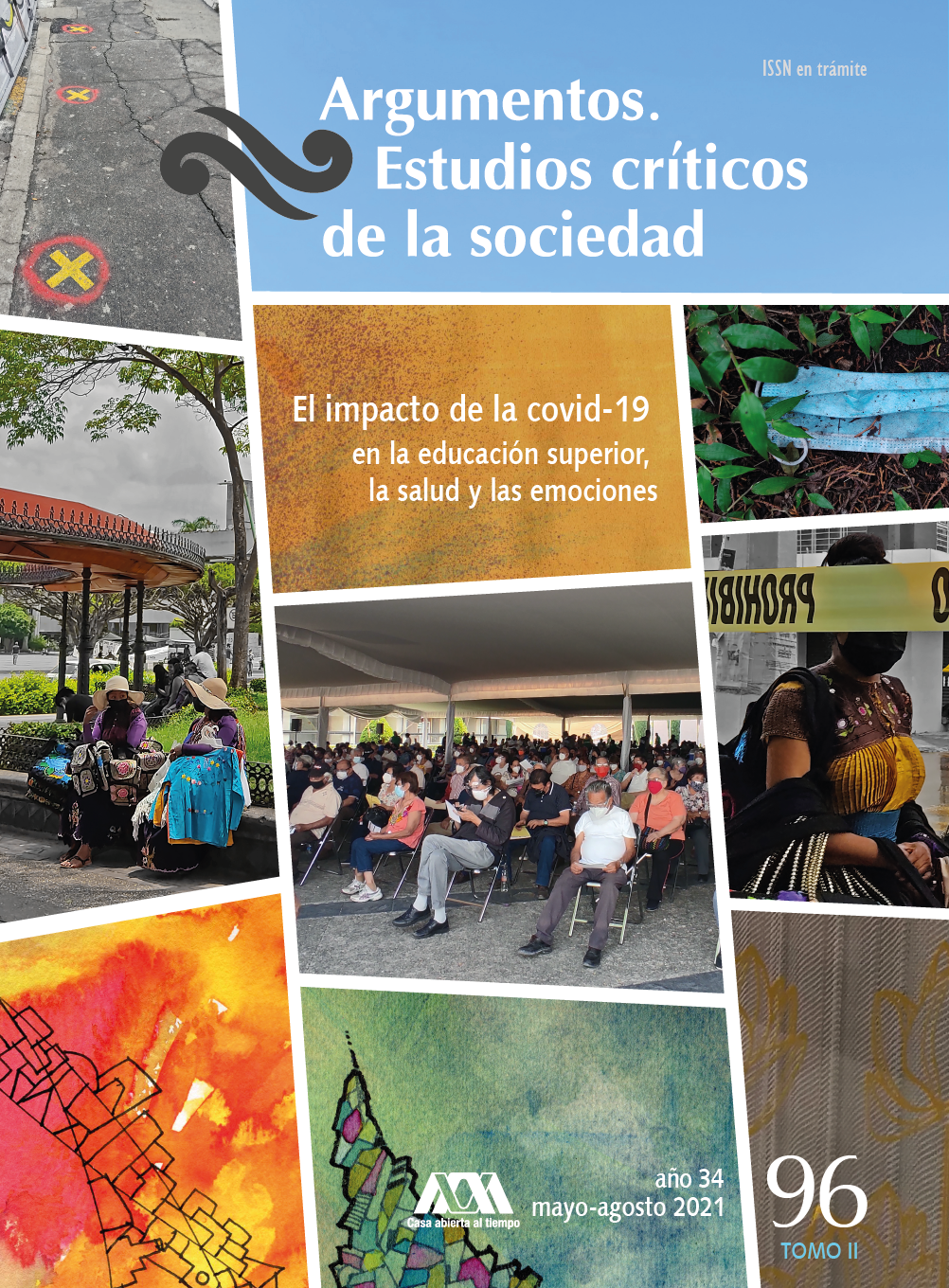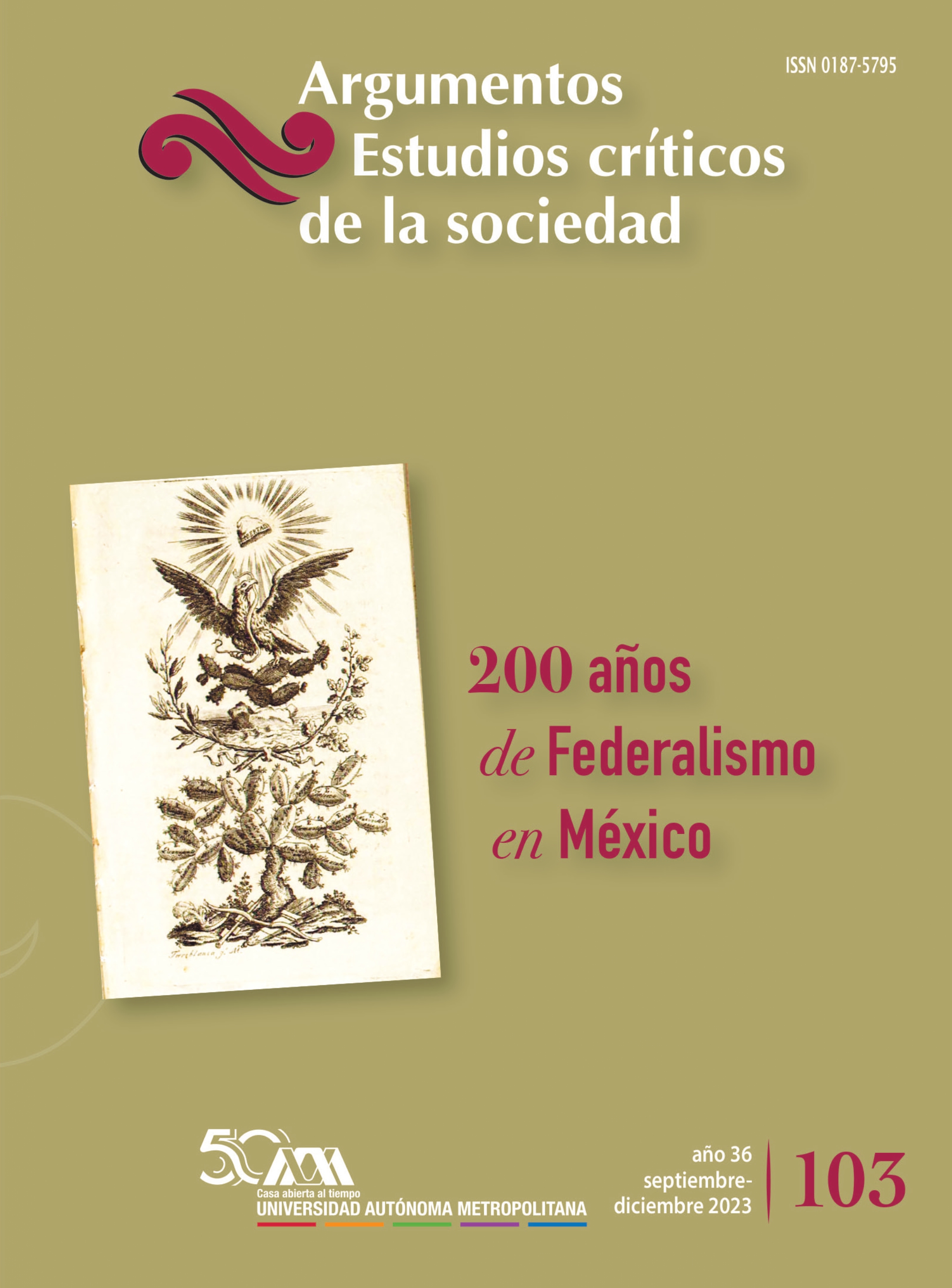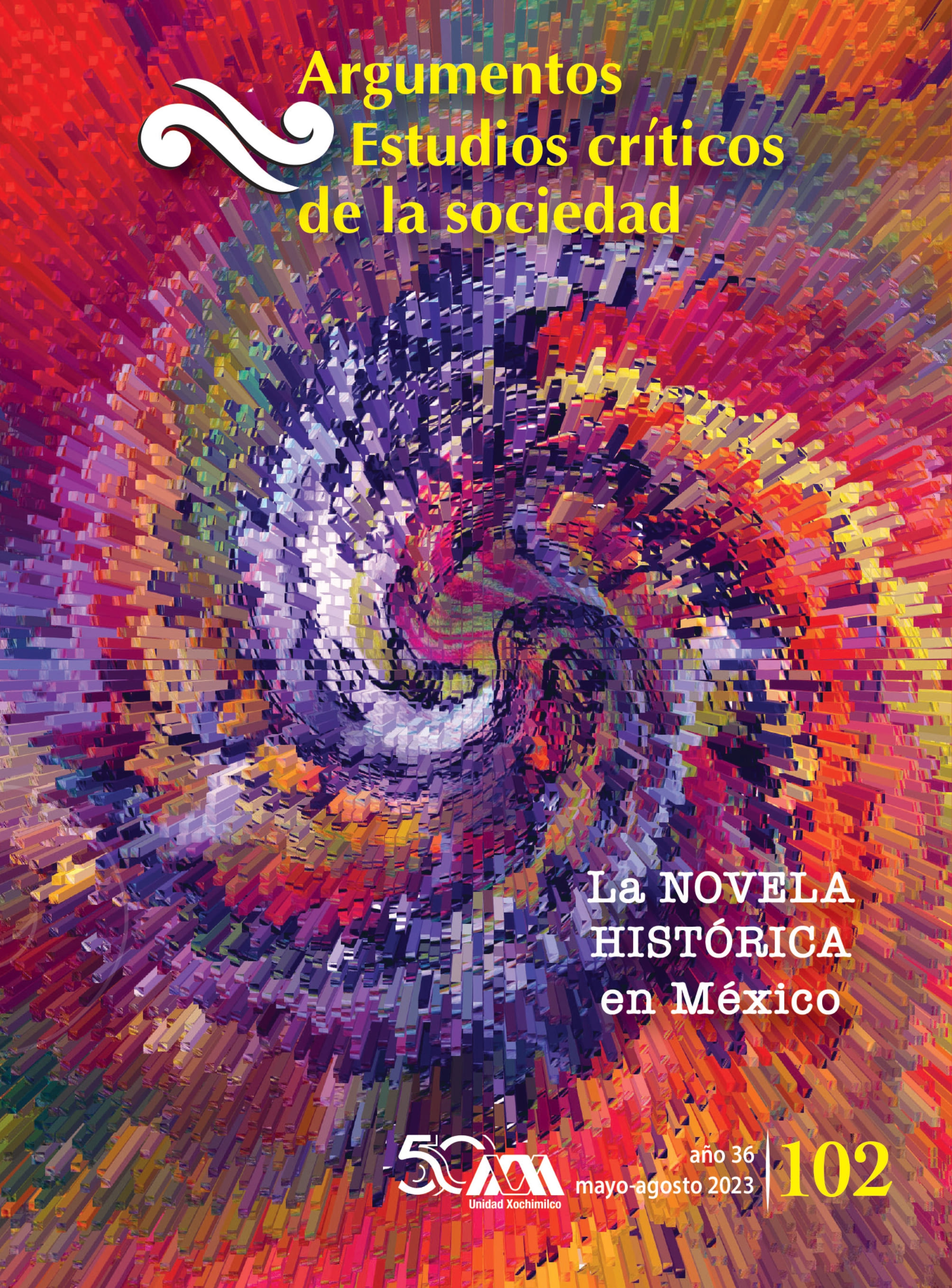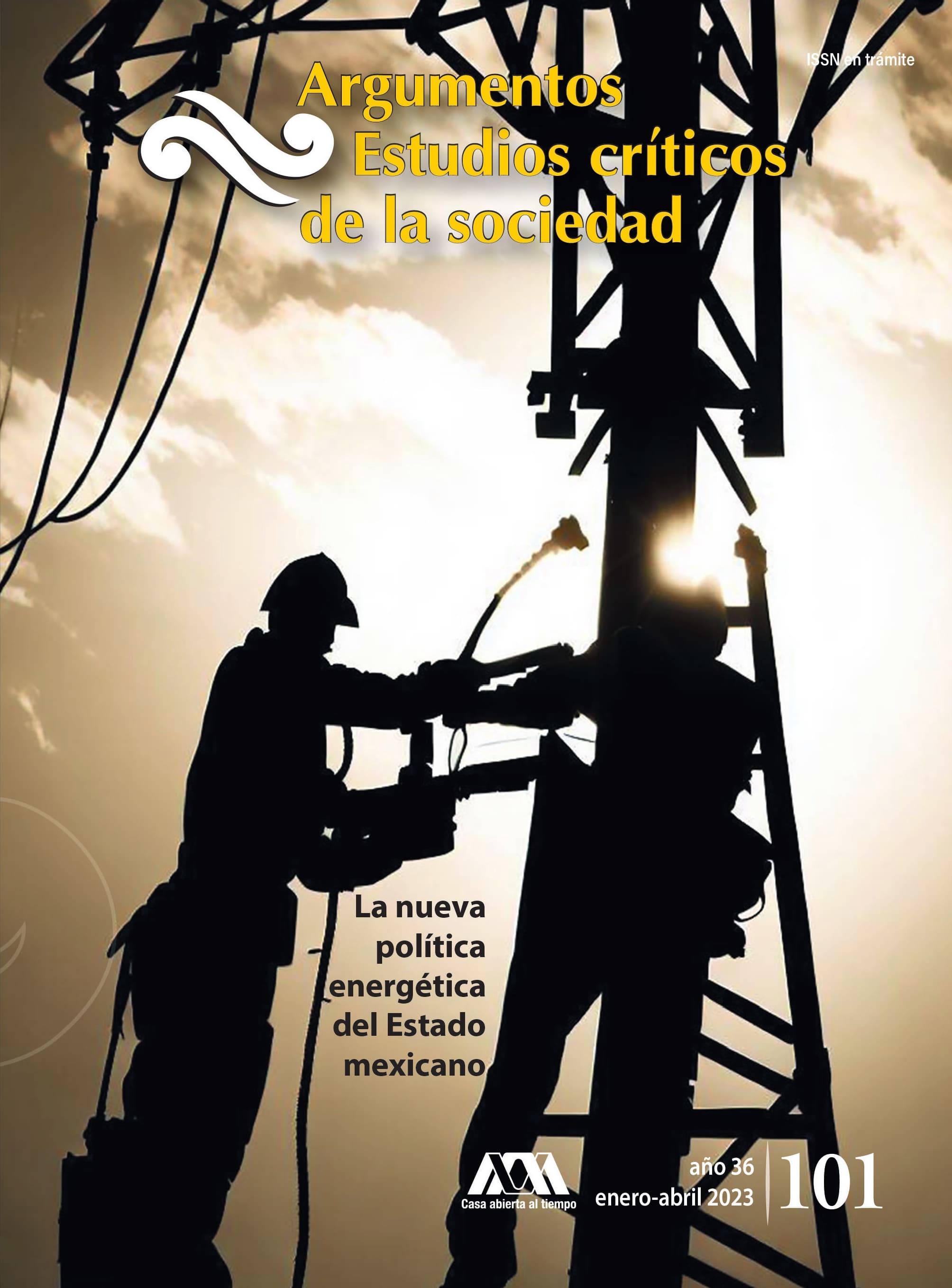¿Sano, independiente y productivo? Ninguna dura para siempre
Algunas ideas para poner en duda la capacidad desde el lente de la discapacidad
DOI:
https://doi.org/10.24275/uamxoc-dcsh/argumentos/2021962-09Palabras clave:
Discapacidad, capacidad, capacitismo, estudios críticos de discapacidadResumen
Este artículo sostiene que un entendimiento crítico de la discapacidad puede ayudar a poner en duda la idea de capacidad, a develar los mitos que ésta ha impuesto sobre los cuerpos y mentes de las personas aparentemente capaces. Al tender un puente entre personas capaces y personas con discapacidad se avanza en una idea de ciudadanía afincada en la fragilidad, en la precariedad y en lo efímero de la condición humana.
Citas
Abberley, P. (1987). “The Concept of Oppression and the Development of a Social Theory of Disability”, Disability, Handicap & Society, 2(1), pp. 5-19.
Barnes, C., M. Oliver y L. Barton (2002). Disability Studies Today. Oxford: Polity Press.Barton, L. (2001). “Sociología y discapacidad: algunos temas nuevos”, Discapacidad y Sociedad. Ediciones Morata, p. 284.
Berman, M. (1988). All that is solid melts into air: The experience of modernity. Nueva York: Penguin Books.
Campbell, F. K. (2008a). “Exploring internalized ableism using critical race theory”, Disability & Society, 23(2), pp. 151-162.
Campbell, F. K. (2008b). “Refusing Able(ness): A Preliminary Conversation about Ableism”, Media and Culture Journal, 11(3), julio.
Ferguson, P. M. y E. Nusbaum (2012). “Disability Studies: What Is It and What Difference Does It Make?”, Research and Practice for Persons with Severe Disabilities, 37(2), pp. 70-80.
Goodley, D. (2014). Disability Studies. Theorising disablism and ableism. Nueva York: Routledge.
Greenstein, A. (2015). Radical Inclusive Education. Disability, teaching and struggles for liberation. Nueva York: Routledge.
Harvey, D. (2000). “The body as an accumulation strategy”, Spaces of Hope, Edinburgh: Edinburgh University Press, pp. 97-116.
Hughes, B. (1999). “The Constitution of Impairment: Modernity and the aesthetic of oppression”, Disability & Society, 14(2), pp. 155-172.
Kristeva, J. (2013). “A Tragedy and a Dream: Disability Revisited”, Irish Theological Quarterly,78(3), pp. 219-230.
Marx, K. y F. Engels (1966). Manifesto of the Communist Party. Moscú: Progress Publishers.
Mawyer, R. (2005). “The postmodern turn in disability studies”, Atenea, 25(1), pp. 61-76.
McRuer, R. (2002). “Compulsory Able-Bodiedness and Queer/Disabled Existence”, Disability Studies: Enabling the Humanities, pp. 88-99, Nueva York: Modern Language Association.
Oliver, M. (2009). Understanding Disability. From Theory to Practice. Nueva York: Palgrave Macmillan.
Organización de las Naciones Unidas (ONU)(2007). Convención sobre los Derechos de las Personas con Discapacidad, enero, 24, A/RES/61/106.
Organización Mundial de la Salud (OMS)/Banco Mundial (BM) (2011). World report on disability. Ginebra, Suiza: World Health Organization.
Palacios Rizo, A. (2008). El modelo social de la discapacidad: orígenes, caracterización y plasmación en la Convención Internacional sobre los Derechos de las Personas con Discapacidad. Madrid: Cermi/Editorial Cinca.
Sontag, S. (1978). Illness as a metaphor. Nueva York: Farrar, Straus and Giroux.
Sothern, M. (2007). “You could truly be yourself if you just weren’t you: sexuality, disabled body space, and the (neo)liberal politics of self-help”, Environment and Planning D: Society and Space, 25(1), pp. 144-159.
Weeber, J.E. (1999). “What could I know of racism?”, Journal of Counselling and Development, invierno, pp. 20-23.
Wendell, S. (1989). “Toward a Feminist Theory of Disability”, Hypatia, 4(2), pp. 104-124.
Winter, S. (2003). “Unsettleing the Coloniality of Being/Power/Truth/Freedom. Towards the Human, After Man, its Overrepresentation-An argument”, CR: The New Centennial Review,3(3), pp. 257-33.
Wolbring, G. (2008). “The Politics of Ableism”, Development, 51(2), pp. 252-258.








